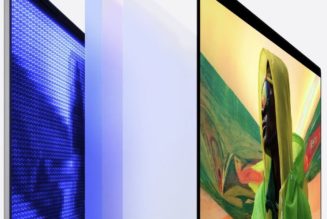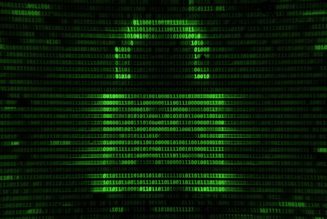The startup tried to launch sulfur dioxide into the stratosphere from Baja California, and now, the government of Mexico is cracking down.
:format(webp)/cdn.vox-cdn.com/uploads/chorus_asset/file/24369062/1245962401.jpg)
Mexico says it will prohibit experiments with solar geoengineering, a strategy that purports to reverse global warming by reflecting sunlight but is still fraught with concern over other potential consequences that could come with altering Earth’s atmosphere. The move follows controversial attempts by a geoengineering startup to deploy reflective particles into the stratosphere.
The company, called Make Sunsets, conducted the field tests without prior notice or consent from the Mexican government, according to the ban announced late last week by the country’s Secretariat of Environment and Natural Resources. The ban is meant to protect communities and the environment in the absence of any international agreements for how to regulate this kind of experimentation that could have consequences on a planetary scale, the announcement says.
Iseman says he launched two balloons in Baja California last year, each carrying less than 10 grams of sulfur dioxide. That’s a tiny amount of the compound that’s typically released into the air by fossil fuel power plants and volcanoes in much larger quantities — so the release isn’t likely to have had much impact. The test flights were on a small enough scale that Make Sunsets says it simply purchased sulfur and weather balloons on Amazon. And the startup didn’t track the balloons, so it doesn’t know if they even got high enough to bring the sulfur dioxide to its intended destination.
After the announcement from Mexico, future launches are “indefinitely on hold,” Make Sunsets co-founder and CEO Luke Iseman tells The Verge. Iseman says the only reason Make Sunsets released the balloons in Mexico is because that’s where he lived at the time. Looking forward, Iseman says the startup is “particularly excited to work with island nations whose existence is threatened by climate change.” The company is interested in partnering with governments, he says, although there are no such agreements yet in place.
Founded in October 2022, Make Sunsets started with the grandiose vision of releasing enough sulfur dioxide to offset global warming from all the world’s CO2 emissions annually. It’s already selling “cooling credits” for the service at $10 per gram of sulfur dioxide — even though it has yet to achieve any measurable impact and can’t guarantee that releasing sulfur dioxide at a bigger scale wouldn’t trigger any unintended problems.
There are more cautious, albeit still controversial, research efforts into the type of solar geoengineering Make Sunsets is proposing, called stratospheric aerosol injection (SAI). The White House Office of Science and Technology Policy is developing a five-year research plan on solar geoengineering. And scientists are trying to understand all of the potential impacts solar geoengineering could have — whether beneficial or detrimental.
There’s evidence that sulfur dioxide emissions from volcanic eruptions have cooled the planet in the past. But a UN-backed panel of experts recently concluded that SAI “comes with significant risks” and can have “unintended consequences” on the ozone layer after decades of work to repair holes.
“The current state of science is not good enough … to either reject, or to accept, let alone implement” solar geoengineering, executive director of the Carnegie Climate Governance Initiative Janos Pasztor said to MIT Technology Review.
There is a quasi de facto moratorium on large-scale geoengineering that came out of a United Nations biodiversity conference in 2010, but it excludes small-scale scientific research, and other stipulations are still vague. Mexico pointed to that moratorium in its announcement, saying it plans to stop any large-scale geoengineering within its territory.







